
www.nature.com/artic...
www.nature.com/artic...
psychiatryonline.org/doi/10.1176/...

psychiatryonline.org/doi/10.1176/...

@heatherwardmd.bsky.social
www.nature.com/articles/s41...
@heatherwardmd.bsky.social
www.nature.com/articles/s41...
In the US alone.
jamanetwork.com/journals/jam...
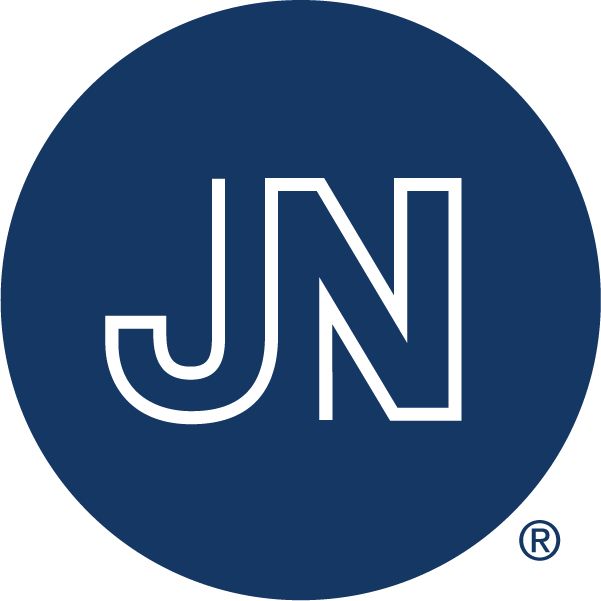
In the US alone.
jamanetwork.com/journals/jam...
www.nature.com/articles/s41...
www.nature.com/articles/s41...
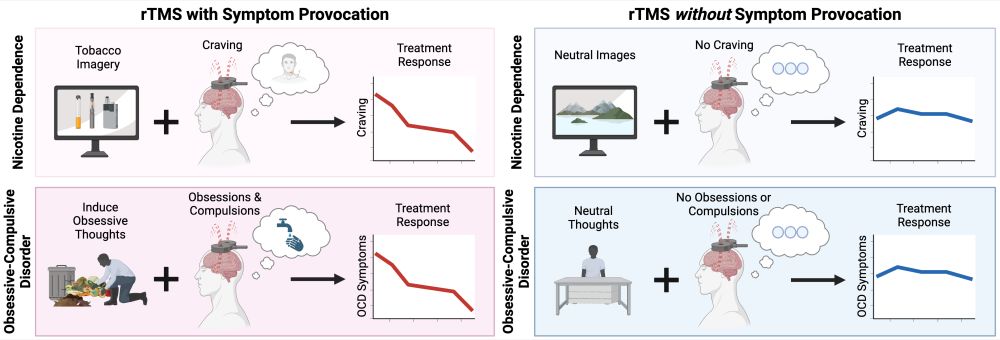

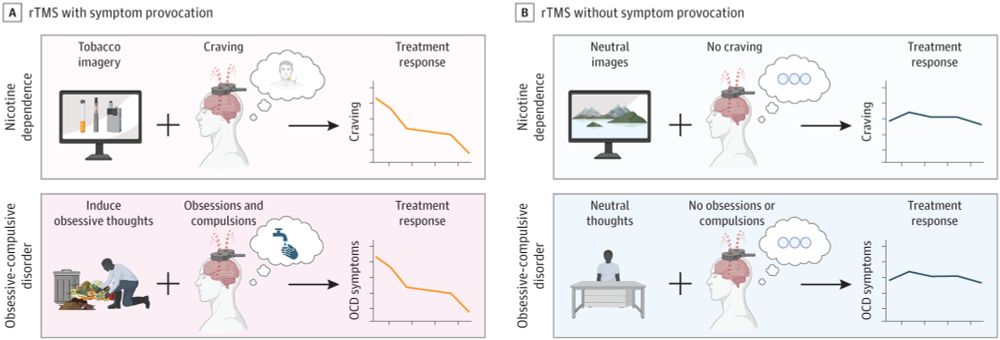

🔗: www.washingtonpost.com/politics/202...
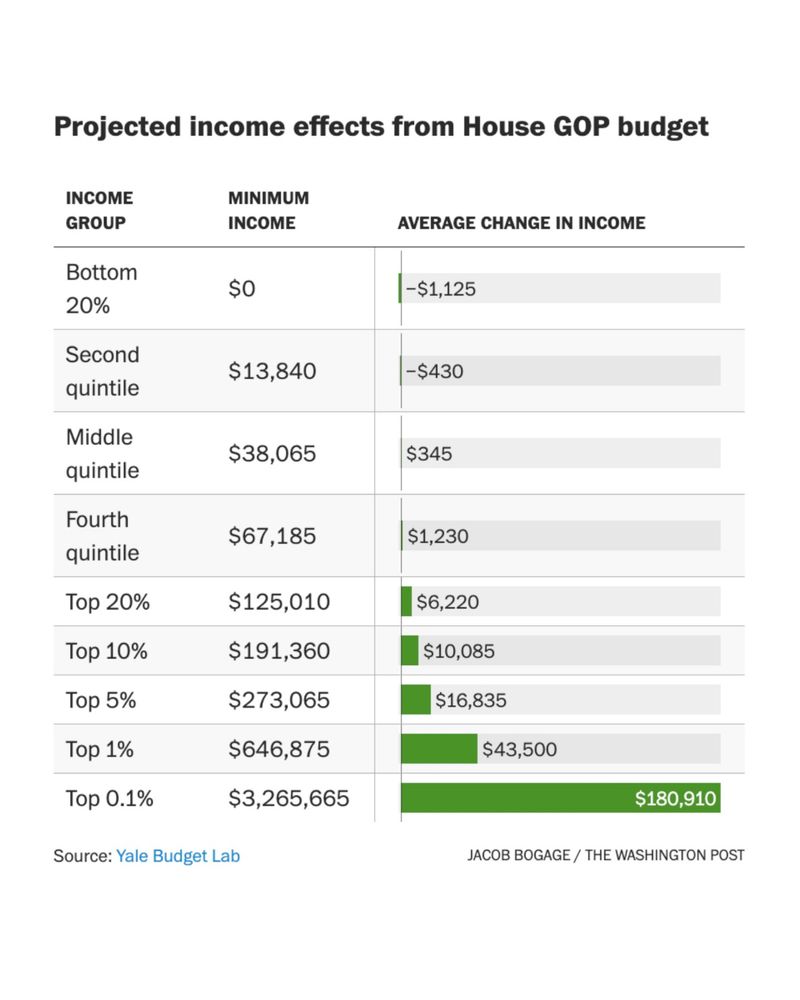
We really are flying blind now.

We really are flying blind now.
PA folks, add this to your daily calls to congress ☎️
PA folks, add this to your daily calls to congress ☎️
By @callimcflurry.bsky.social @avaskham.bsky.social
#neuroskyence
bit.ly/4hM0Xa3

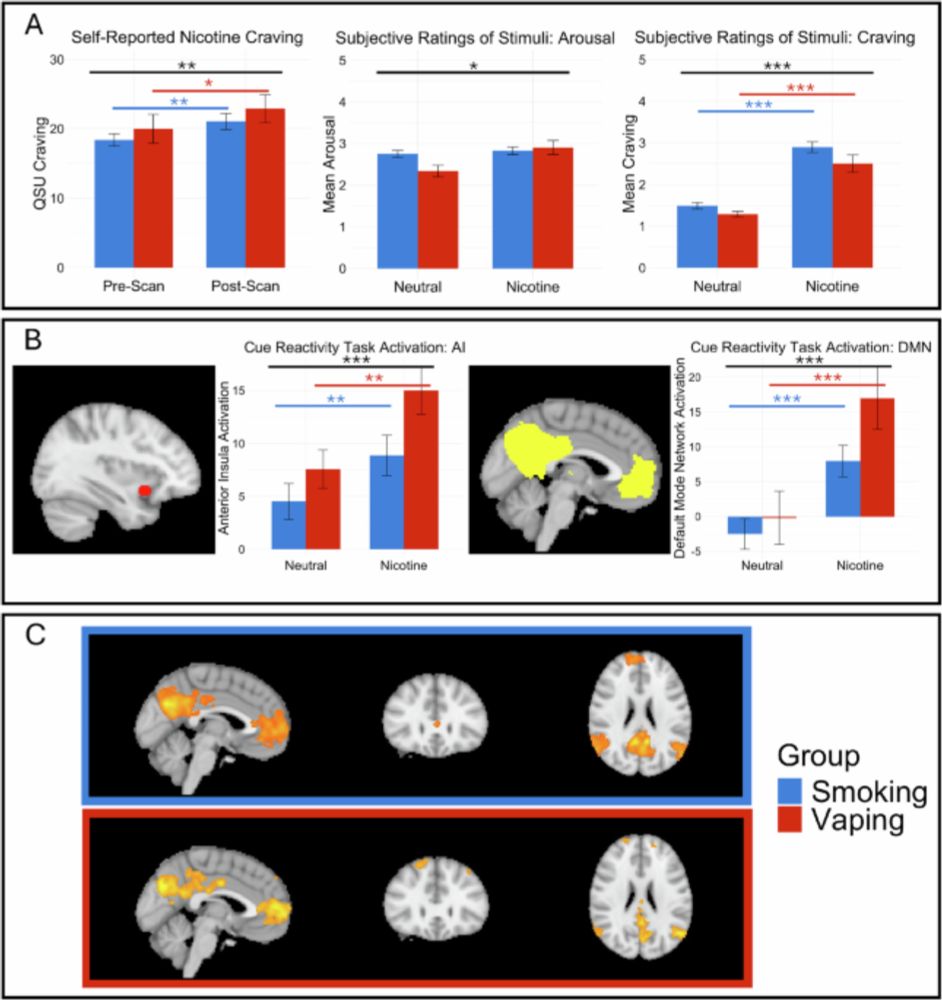





Musk wealth: $351b
Both are mostly funded by your tax dollars
But only one might save your life
.
.
.
.
Sources:
www.nih.gov/about-nih/wh...
Search results: elon musk net worth g.co/kgs/6c8YEuB
@standupforscience.bsky.social
Musk wealth: $351b
Both are mostly funded by your tax dollars
But only one might save your life
.
.
.
.
Sources:
www.nih.gov/about-nih/wh...
Search results: elon musk net worth g.co/kgs/6c8YEuB
@standupforscience.bsky.social
@standupforscience.bsky.social #standupforscience2025
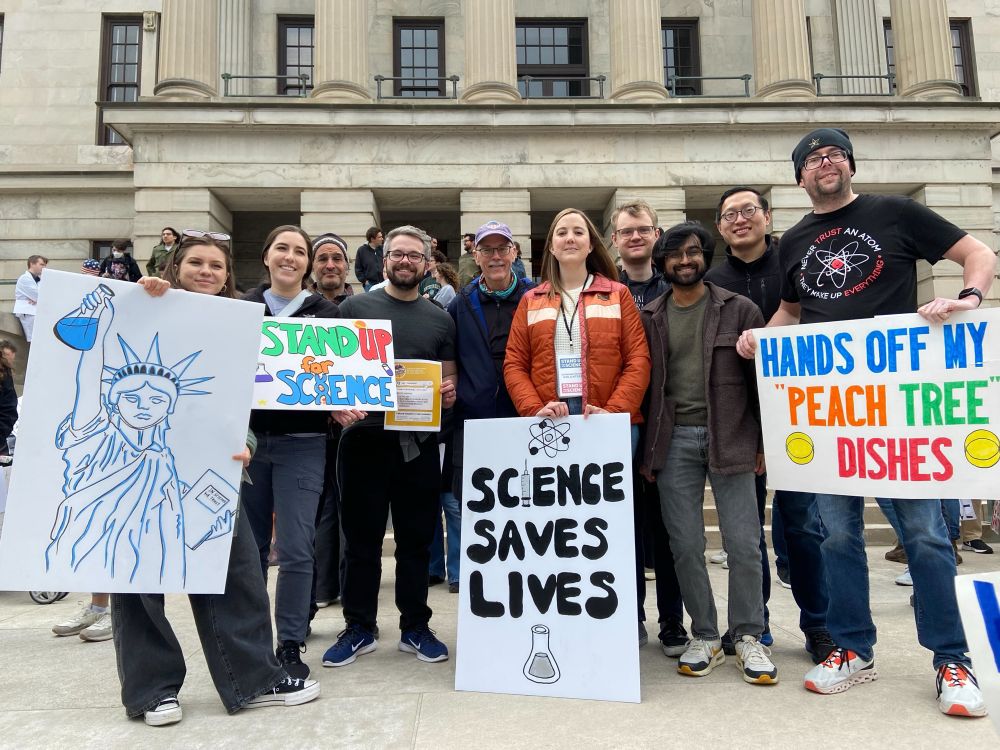
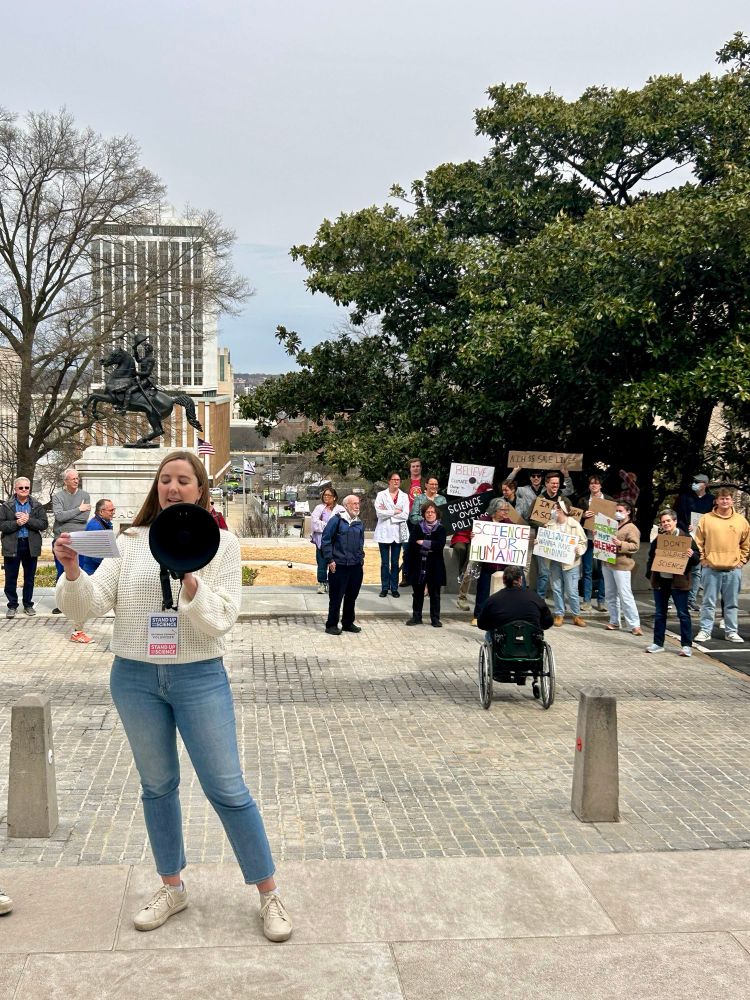
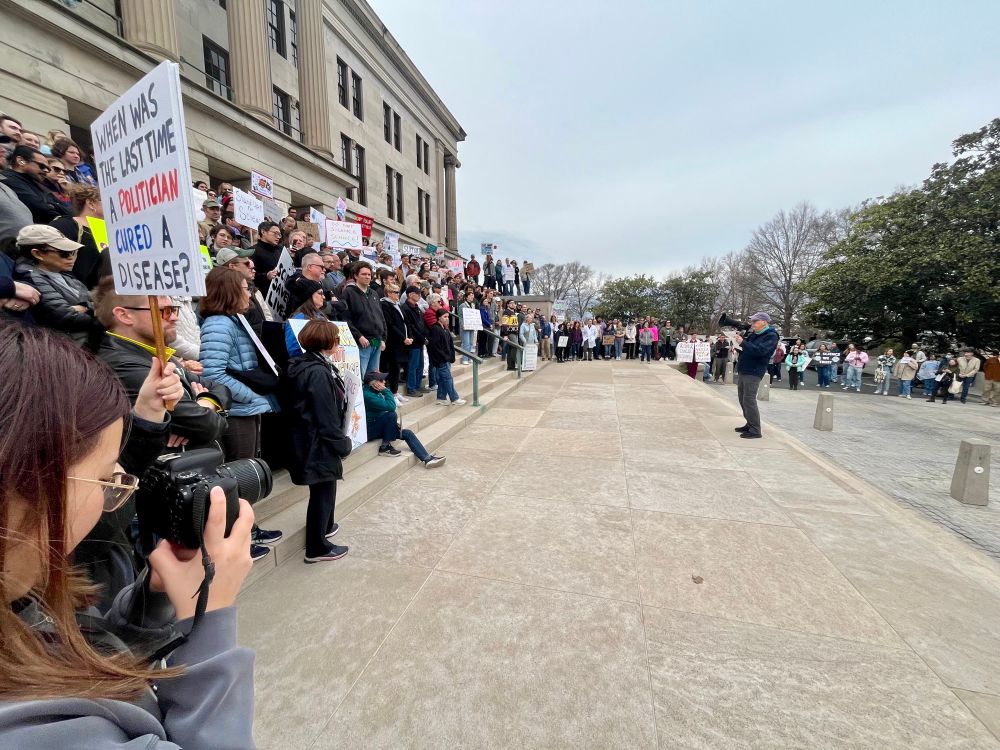

@standupforscience.bsky.social #standupforscience2025
https://go.nature.com/3F8T6FX
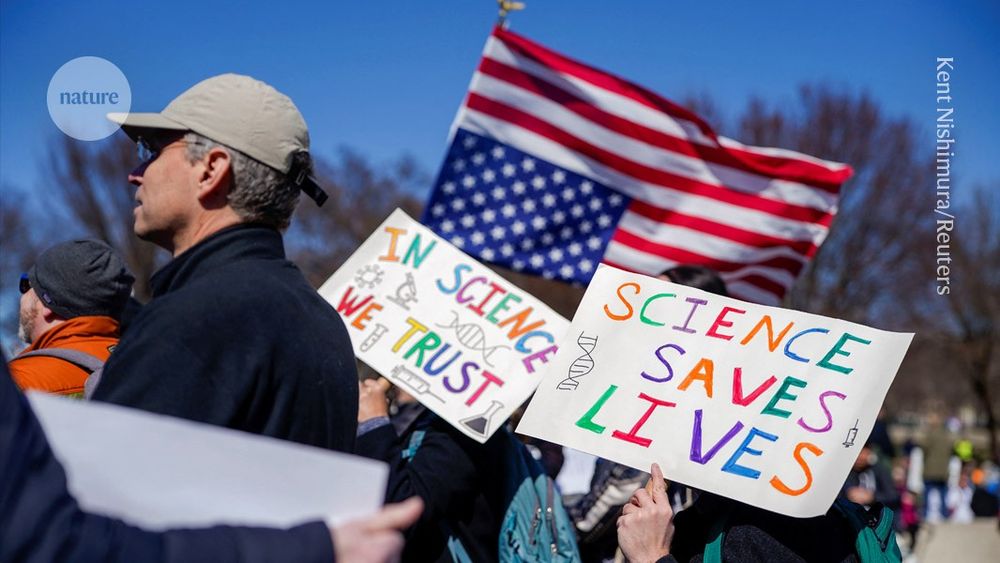
https://go.nature.com/3F8T6FX
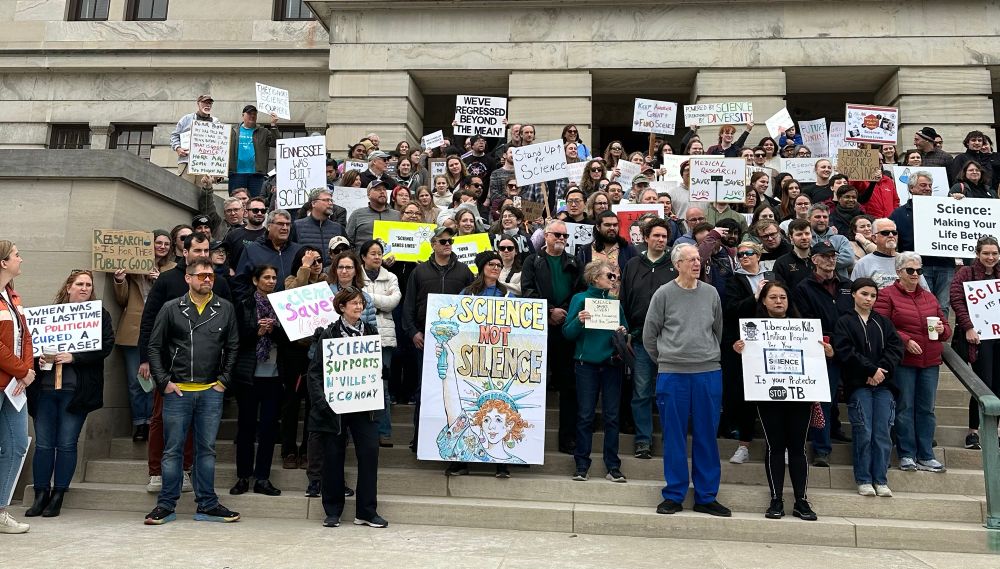
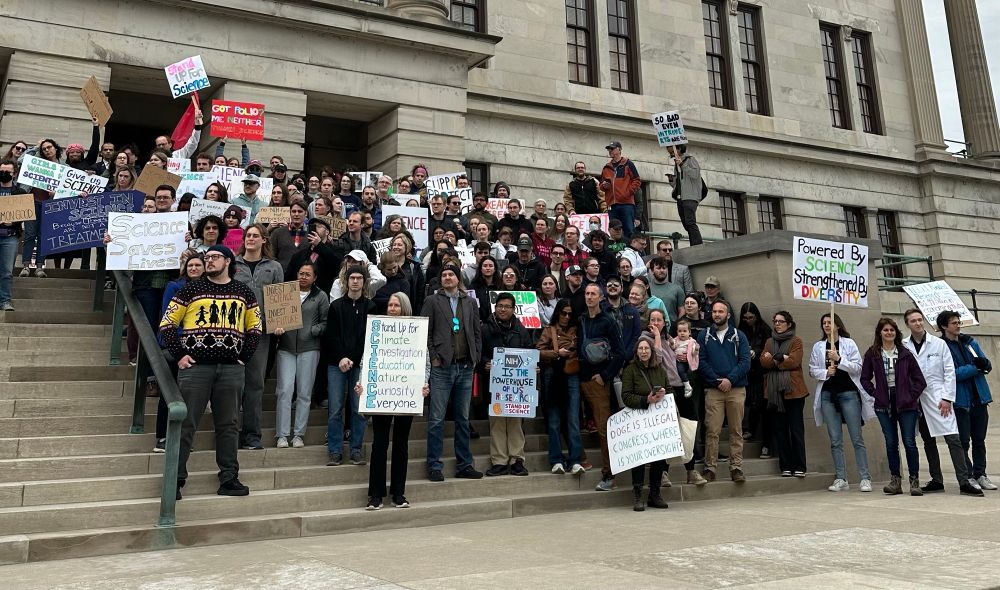
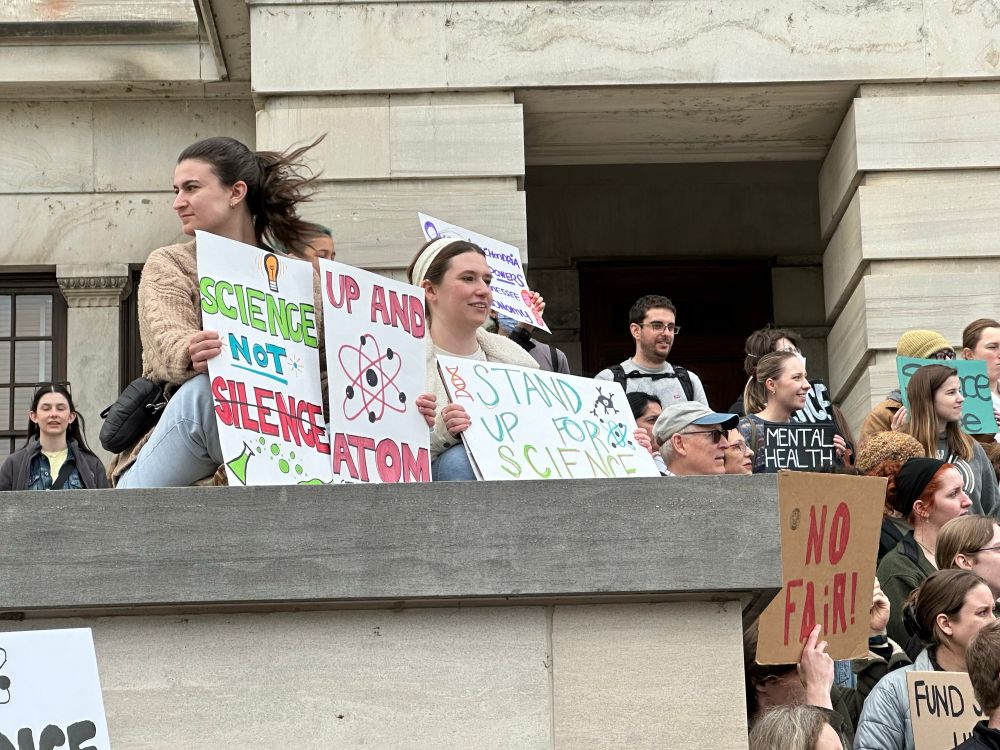
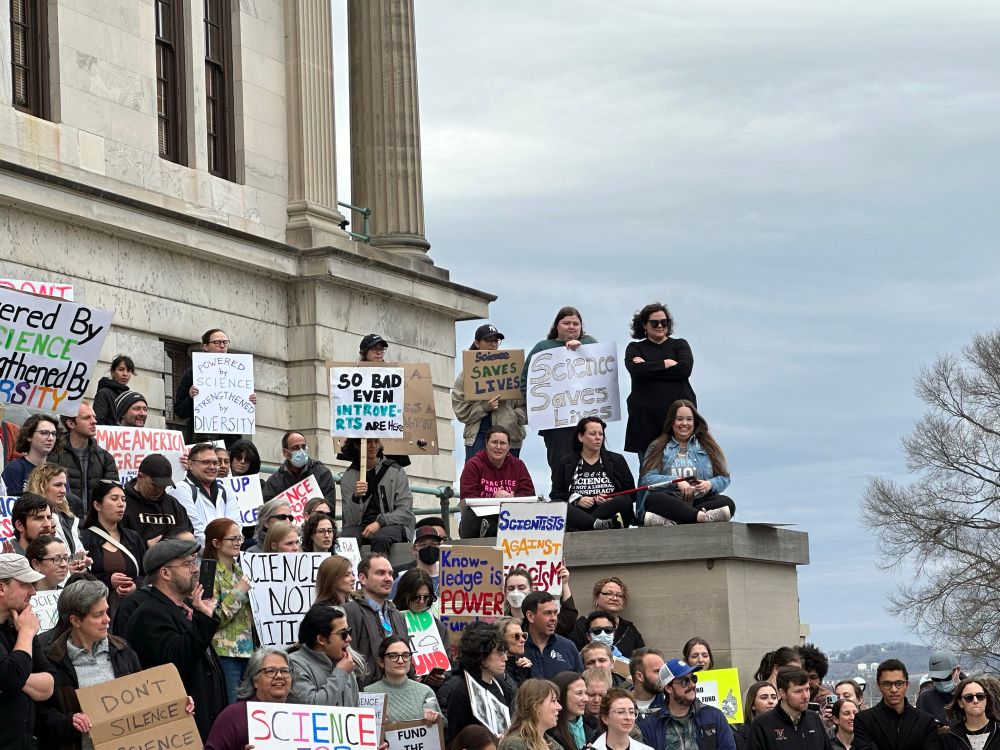
A whole *new* cohort of ACNP Associate Members! 🤩
Over the next few months, we'll be introducing our new Associate Members, so keep an eye out & send congrats their way! #WelcomeToACNP👋
Today, say hello to Dr. Gustavo Angarita from Yale Psychiatry 👇
A whole *new* cohort of ACNP Associate Members! 🤩
Over the next few months, we'll be introducing our new Associate Members, so keep an eye out & send congrats their way! #WelcomeToACNP👋
Today, say hello to Dr. Gustavo Angarita from Yale Psychiatry 👇





